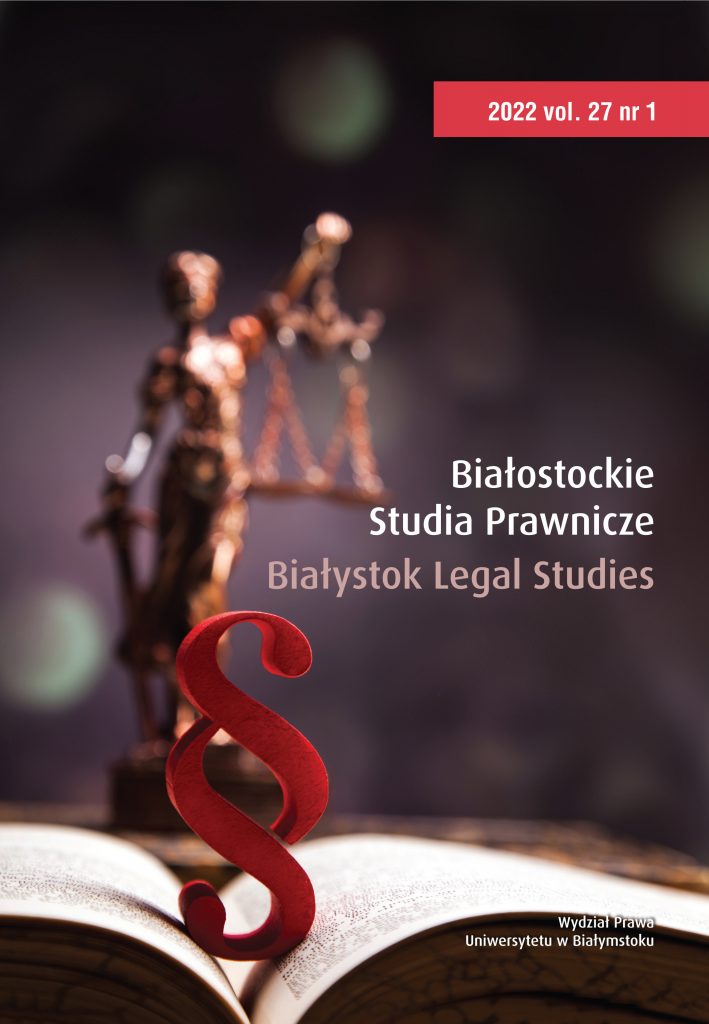The Right of Communication to the Public of Works on the Internet in EU Law (Directive 2001/29 v. Directive 2019/790): Is There Any Definable Scope of This Right?
Słowa kluczowe:
copyright, DSM, internet, hosting, service providerAbstrakt
This article focuses on the controversy in defining the scope of the right of communication to the public of works provided in Article 3 InfoSoc, especially in the ‘creative’ interpretations made by the CJEU. Based on these considerations, I justify a position qualifying Article 17 DSM, as a provision performing a statutory ‘balancing act’ between the premises determining the scope of the right to communicate a work to the public in the case of online content-sharing service providers. In this view, Article 17 DSM does not modify the concept of making works available to the public, and the premises for the scope of the right from the DSM were already available for ‘interpretation’ based on Article 3 InfoSoc.Bibliografia
Angelopoulos Ch., Quintais J.P., Fixing Copyright Reform A Better Solution to Online Infringement, „Journal of Intellectual Property, Information Technology and E-Commerce Law” 2019, nr 10.
Bäcker K., Feindor-Schmidt U., The destruction of copyright – are jurisprudence and legislators throwing fundamental principles of copyright under the bus?, „Journal of Intellectual Property Law & Practice” 2021, nr 16.10.1093/jiplp/jpaa209
Gęsicka D.K., Udostępnianie utworu publiczności poprzez zamieszczenie hiperłącza w orzecznictwie Trybunału Sprawiedliwości Unii Europejskiej, (w:) P. Kostański, P. Podrecki, T. Targosz (red.), Experientia docet. Księga jubileuszowa ofiarowana Pani Profesor Elżbiecie Traple, Warszawa 2017.
Husovec M., Quintais J.P., How to License Article 17? Exploring the Implementation Options for the New EU Rules on Content-Sharing Platforms under the Copyright in the Digital Single Market Directive, „GRUR International” 2021, nr 70 (4).10.1093/grurint/ikaa200
Klafkowska-Waśniowska K., Kropka nad „i”? Zakres prawa do udostępniania utworów na żądanie w Internecie w świetle najnowszego orzecznictwa Trybunału Sprawiedliwości, (w:) P. Kostański, P. Podrecki, T. Targosz (red.), Experientia docet. Księga jubileuszowa ofiarowana Pani Profesor Elżbiecie Traple, Warszawa 2017.
Klafkowska-Waśniowska K., Zamieszczanie odesłań internetowych a zakres autorskich praw majątkowych, „Białostockie Studia Prawnicze” 2015, z. 19.10.15290/bsp.2015.19.04
Komunikat Komisji do Parlamentu Europejskiego i Rady. Wytyczne dotyczące art. 17 DSM w sprawie prawa autorskiego na jednolitym rynku cyfrowym (Bruksela, dnia 4 czerwca 2021 r. COM (2021) 288 final).
Leistner M., European Copyright Licensing and Infringement Liability Under Art. 17 DSM-Directive Compared to Secondary Liability of Content Platforms in the U.S. – Can We Make the New European System a Global Opportunity Instead of a Local Challenge, „Zeitschrift für Geistiges Eigentum/Intellectual Property Journal” 2020, nr 2.10.1628/zge-2020-0008
Markiewicz R., Prawo autorskie na jednolitym rynku cyfrowym, Warszawa 2021.
Markiewicz R., Zdezorientowany prawnik o publicznym udostę pnianiu utworó w, „Zeszyty Naukowe Uniwersytetu Jagiellońskiego” 2016, z. 134.
Pinkalski Z., Linkowanie do utworów i jego ocena z punktu widzenia naruszenia praw autorskich. Glosa do wyroku TS z dnia 8 września 2016 r., C-160/15, LEX/el. 2016.
Rosati E., Copyright in the Digital Single Market, Oxford 2021.10.1093/oso/9780198858591.001.0001
Targosz T., Naruszenia dóbr osobistych w Internecie – rewolucja orzecznictwa, „Zeszyty Naukowe Uniwersytetu Jagiellońskiego” 2018, nr 2.
Traple E., Europeizacja prawa autorskiego w orzeczeniach Trybunału Sprawiedliwoś ci, „Zeszyty Naukowe Uniwersytetu Jagiellońskiego” 2014, z. 126.



